Acoustic requirements are likely to be imposed on a planning application by the Local Authority when the planning application proposal includes a noise sensitive use and there is a nearby existing noise generating item or land use, and/or includes a noise generating item or land use and there is a nearby existing noise sensitive use.
The term ”nearby” is dependent on the noise source and site specific context. This can very easily cover a noise source from an adjoining property, e.g. a kitchen extract system, as well as noise sources hundreds of metres away, such as from a motorway or wind farm.
Noise sensitive includes properties of a residential nature such as housing, hotels, care homes, hospitals, and, to some extent, houses of multiple occupation (HMO’s).
Noise generating includes:
• “Major” transportation infrastructure such as A-roads, motorways, railways (above or underground) and airports.
• “Minor” transportation infrastructure could be relevant, for example a particularly busy junction or National speed limit B-road in front of a noise sensitive development.
• Mechanical services equipment which typically includes kitchen extract systems, air conditioning units, commercial heat pumps, and, to some extent, domestic heat pumps.
• Entertainment establishments including pubs, clubs and venues.
• Construction largely depends on the type and extent of construction activity.
In the planning system, only acoustic issues which typically arise between different land boundaries or uses are controlled and/or addressed.
However, in some cases, planning conditions may be imposed in order to create a higher standard than what may be set out in other legislative domains or guidance. For example, achieving a better sound insulation performance between flats or a commercial space adjacent to a flat than set out by the building regulations is relatively common.
